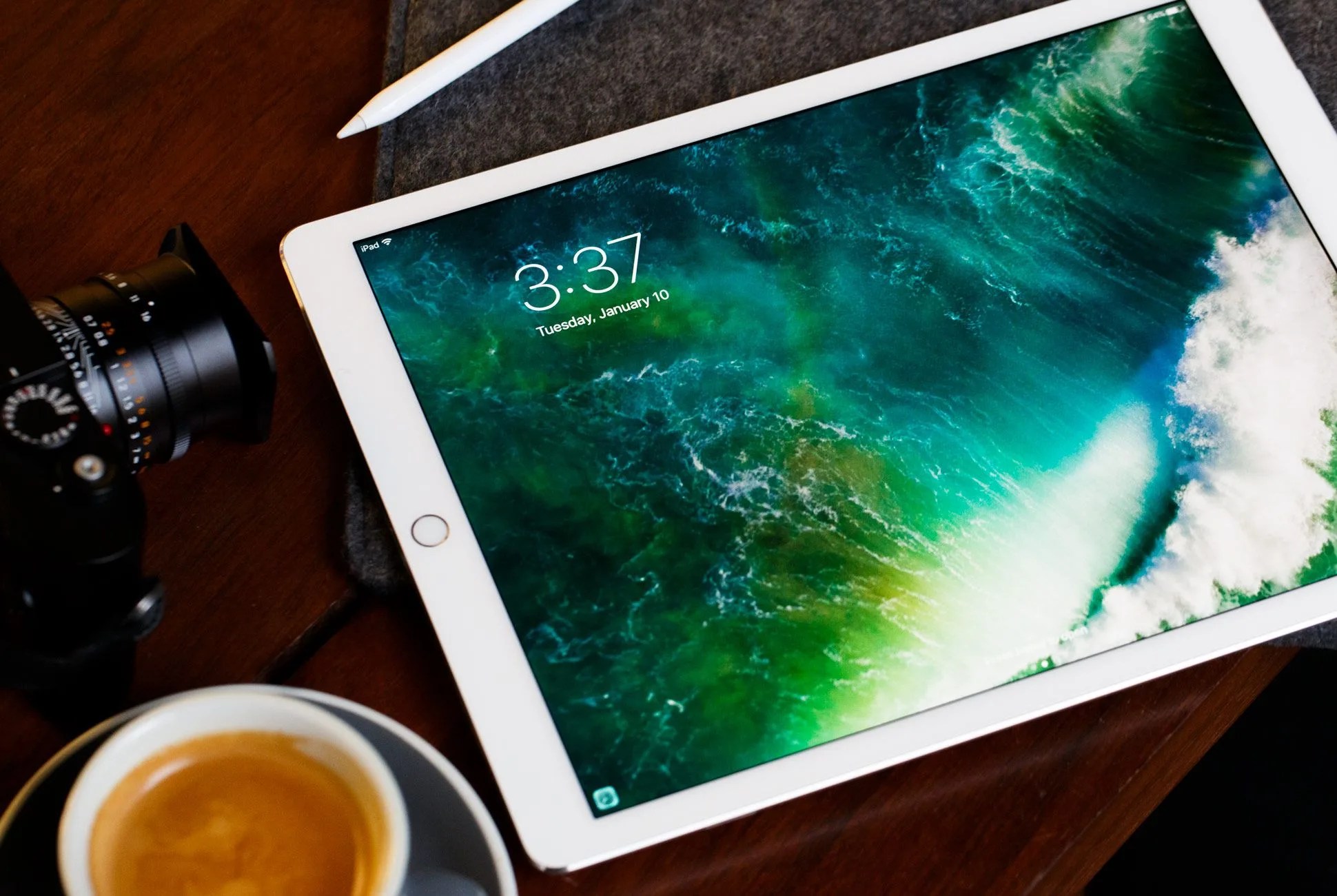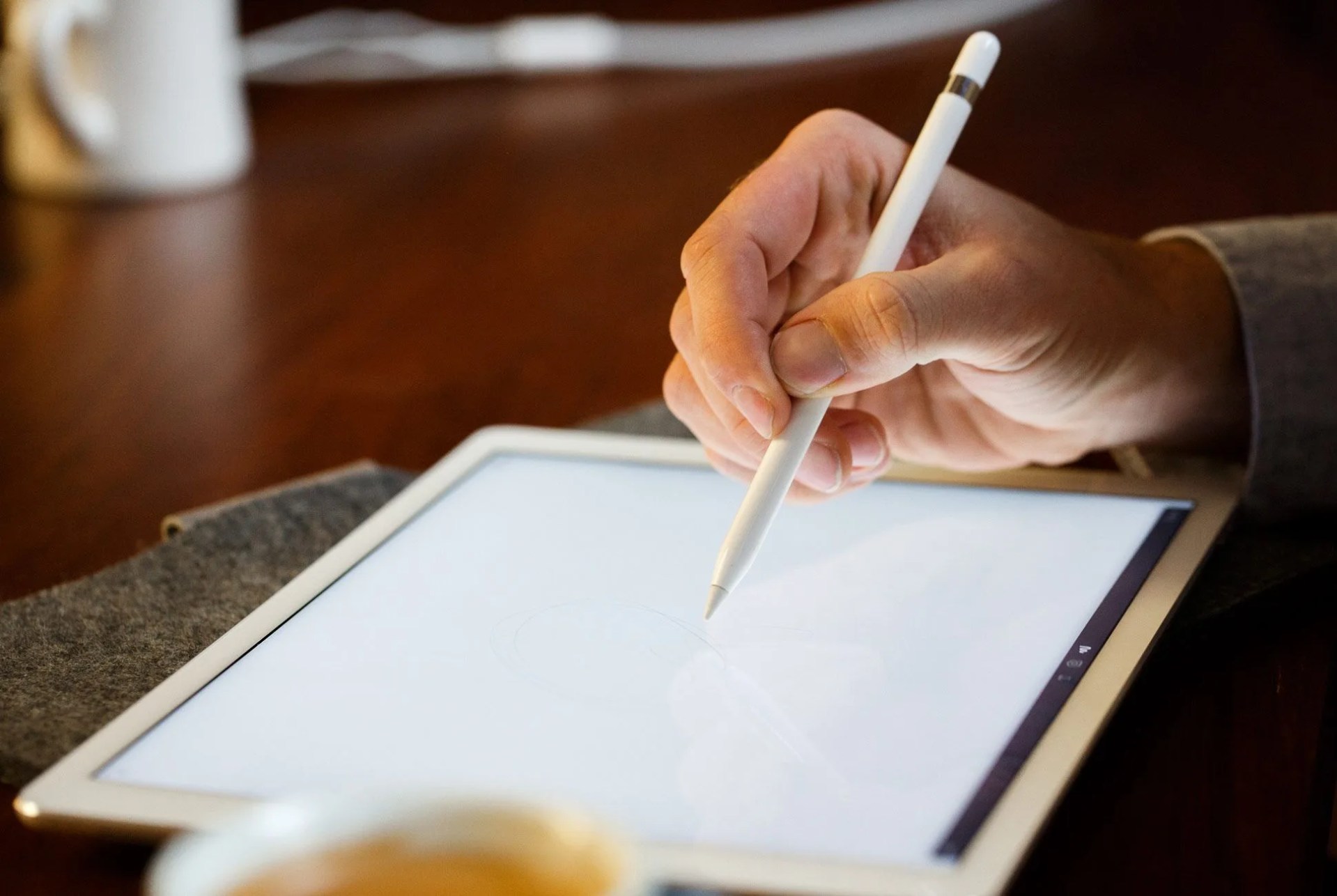In 2017, the personal computing device to buy isn’t a lightweight laptop, it’s a tablet. The switch happened in 2015 and 2016 — with the Microsoft Surface and Lenovo Yoga Book reaching full proficiency and the iPad Pro coming to market. But in 2017, the tech-savvy and the everyman should grab those thin slates and aspire to full tablet integration.
For the past month, I’ve played with four different computing sources: a MacBook Air, MacBook Pro, 12.9-inch iPad Pro and iPad 2. I’m entrenched in Apple’s ecosystem, and operating inside Apple was my best shot at converting to tablet in the hours outside of the office. And, eventually, I did. But it took more than a week (or two).
The first step to proper conversion is admitting you don’t need a desktop OS — not all the time.
Any self-aware techie knows this: we are no longer patient. Tech has become so intuitive and our subconscious is so coddled by straightforward UE’s that we want to know systems instantaneously. We don’t want to figure something out — that’s a programming Mensa’s job in Silicon Valley. Plus, with years of use on a desktop operating system, no one wants to struggle with converting to a tablet OS. But I did, slowly and patiently, for the full duration of 14 days. And then, it was smooth sailing.
The first step to proper conversion is admitting you don’t need a desktop OS — not all the time. You do still need straightforward methods of storage (on iOS, the only way to do it is by the Cloud, which is functional, but takes practice); you still need an OS that works with all the programs that your specialty needs; and you don’t have time to entirely relearn your desktop habits. A tablet switch isn’t a whole-hog conversion, it is an additional part of the arsenal, and — I found — something that gradually became endearing. The tablet beautifully fills in at the corners of the workday (meetings, commute) and outside work time. At your desk, stick with the big beautiful screens and full-size keyboards and desktop organization and productivity. Everywhere else, turn to the tablet.
I’ll focus on the iPad Pro’s features as it’s Apple’s most competent laptop replacement, with an A9X chip and M9 coprocessor (combined, they’re faster than my current MacBook Air). After a month of use, it became apparent that I was the unimpressive one, rather than the Pro. In Apple press demos I’ve seen illustrators create blockbuster storyboards; I’ve seen architects design buildings and present them in full splendor; I’ve seen product designers lay out their next great product on the Pro. My usage — and, likely, yours — is a bit more rote. Email, web, movies, text, photos, a few drawings — and that’s about it. For that, I don’t need a $2,000+ full-spec MaBook Pro. All I need is Moses’ modern slate and some wherewithal to have that dynamic granite teach me some new tricks.
All I need is Moses’ modern slate and some wherewithal to have that dynamic granite teach me some new tricks.

